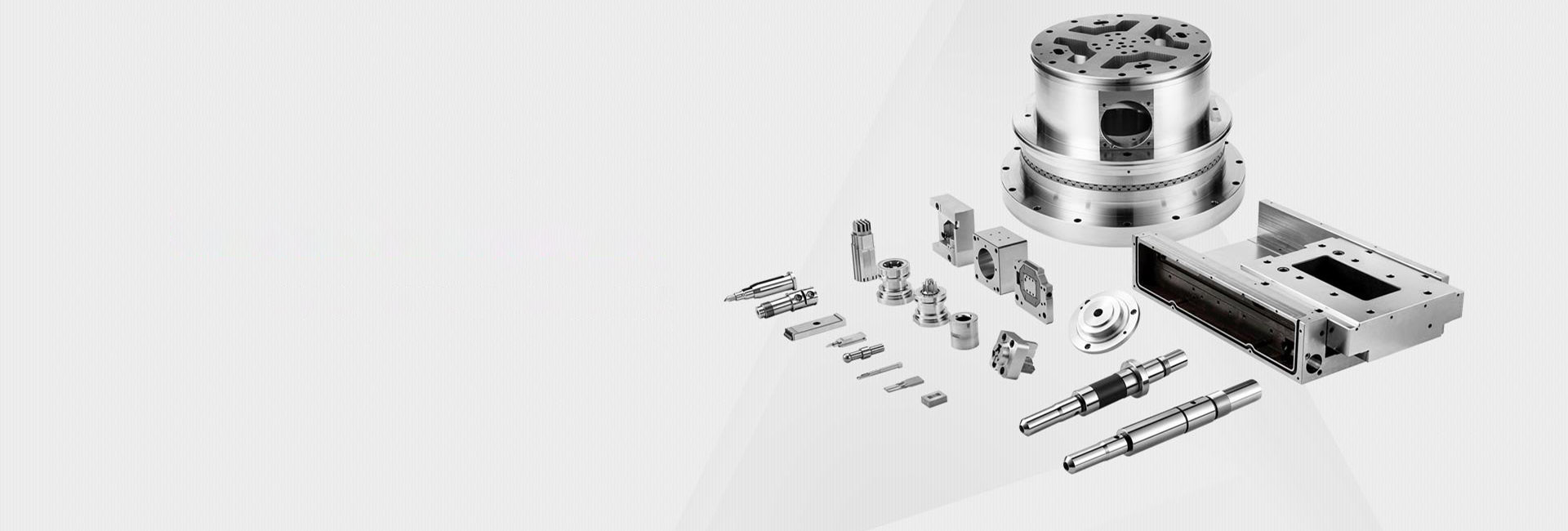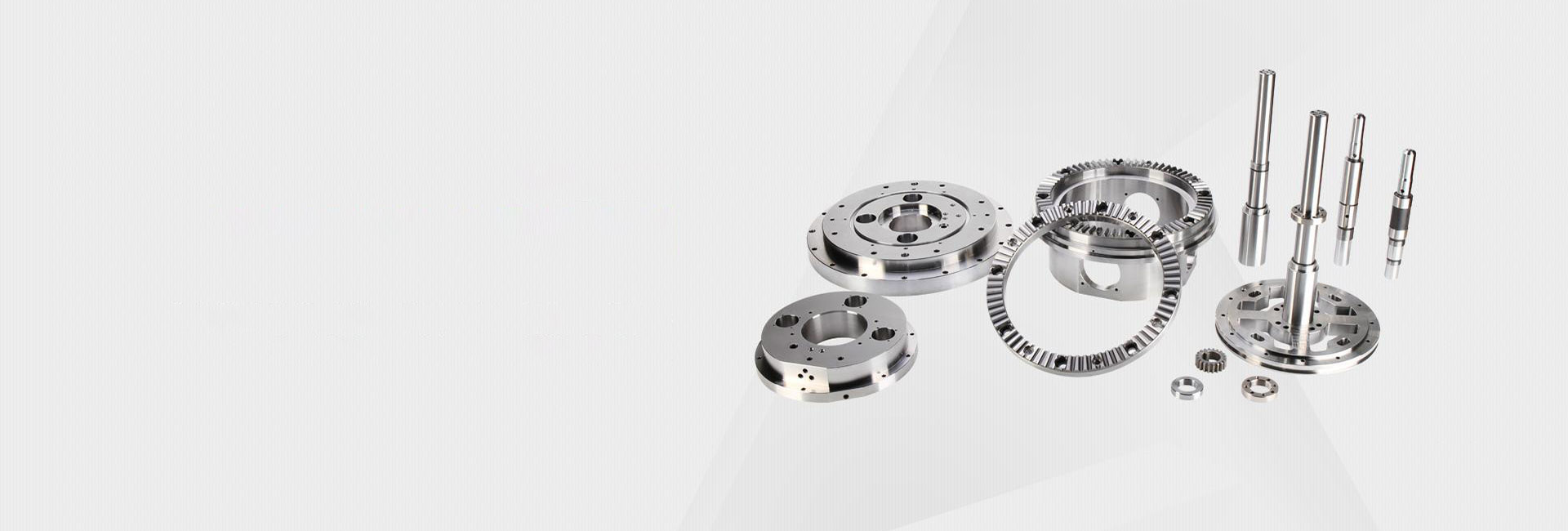How CNC Machining Produces Belt Pulleys
Belt pulleys are critical components in power transmission systems, and CNC machining ensures their precision, durability, and performance. At AOOM, we specialize in manufacturing high-quality belt pulleys using advanced CNC technology. This article explores the process, materials, and advantages of CNC machining for belt pulleys.
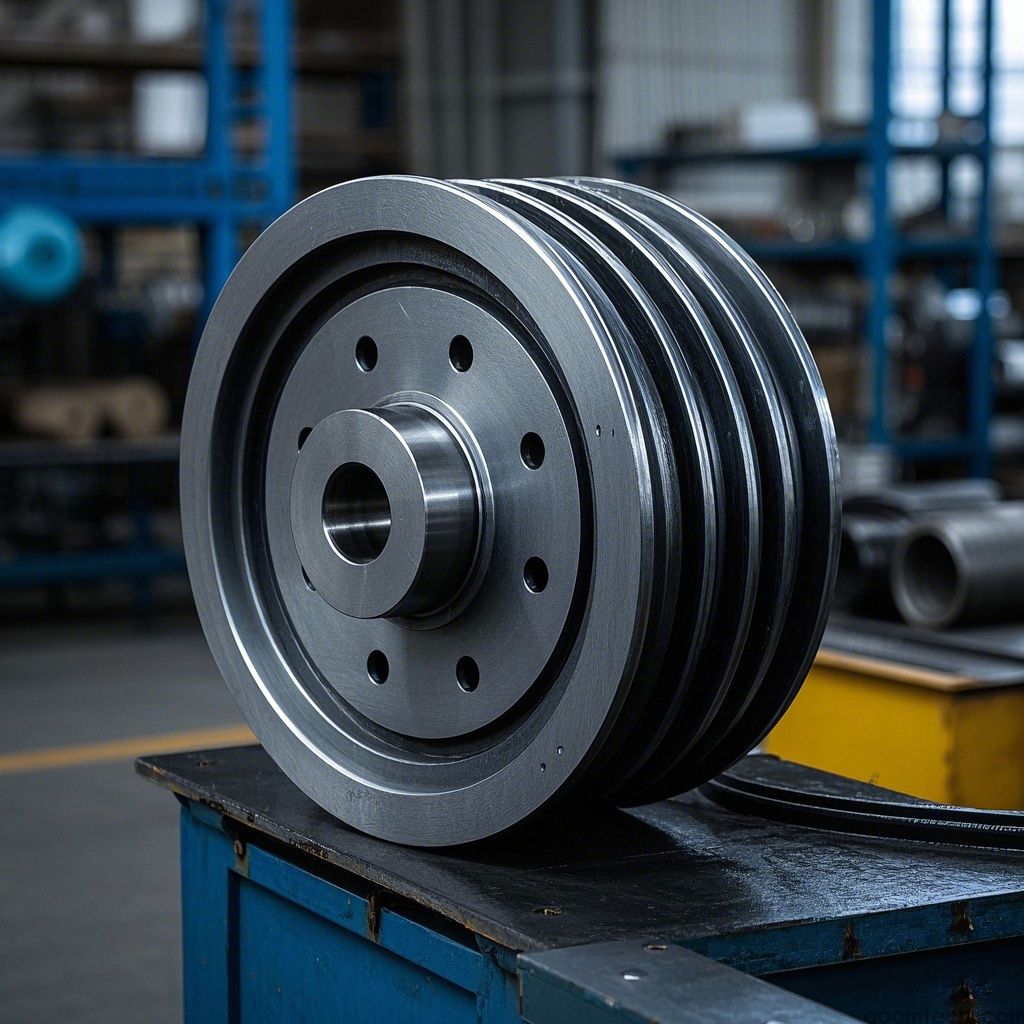
1. Understanding Belt Pulley CNC Machining
Belt pulleys transfer motion between shafts via belts, requiring tight tolerances and smooth surfaces. CNC machining achieves this through computer-controlled lathes or milling machines, which carve raw materials (e.g., aluminum, steel) into precise geometries. Key steps include:
Design & Programming: CAD models guide CNC toolpaths.
Material Selection: Aluminum (lightweight), steel (high-strength), or plastics (corrosion-resistant).
Machining: Turning (for cylindrical shapes) or milling (for complex grooves).
Finishing: Anodizing, polishing, or coating to enhance durability.
2. Why Choose CNC for Belt Pulley Manufacturing?
CNC outperforms traditional methods with:
Precision: ±.005mm tolerance ensures perfect belt alignment.
Scalability: Ideal for prototypes to mass production.
Customization: Adjustable tooth profiles (V-belt, timing belt) and bore sizes.
3. AOOM’s Expertise in CNC Belt Pulley Production
As a trusted CNC machining service provider, AOOM offers:
20+ years of experience in power transmission parts.
ISO 9001-certified quality control.
Fast turnaround with 3-5 day lead times.
Visit AOOM’s website to request a quote for your belt pulley project.
 How to Effectively Machine Har
How to Effectively Machine Har
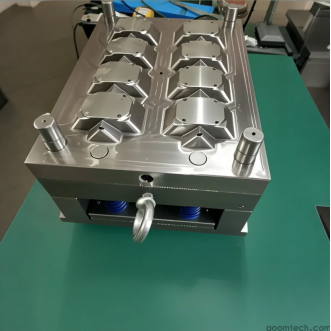 What is High Precision CNC Mol
What is High Precision CNC Mol
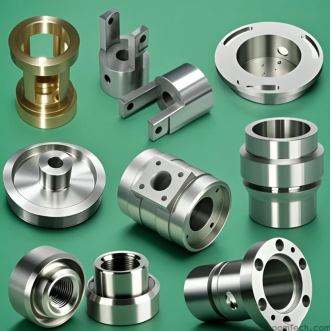 Key Considerations for CNC Sta
Key Considerations for CNC Sta
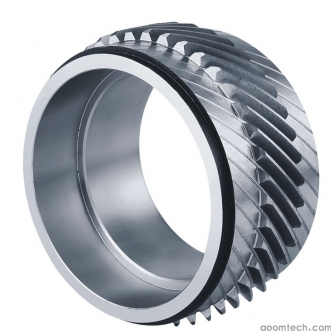 How Much Does CNC Anti-Slip To
How Much Does CNC Anti-Slip To

